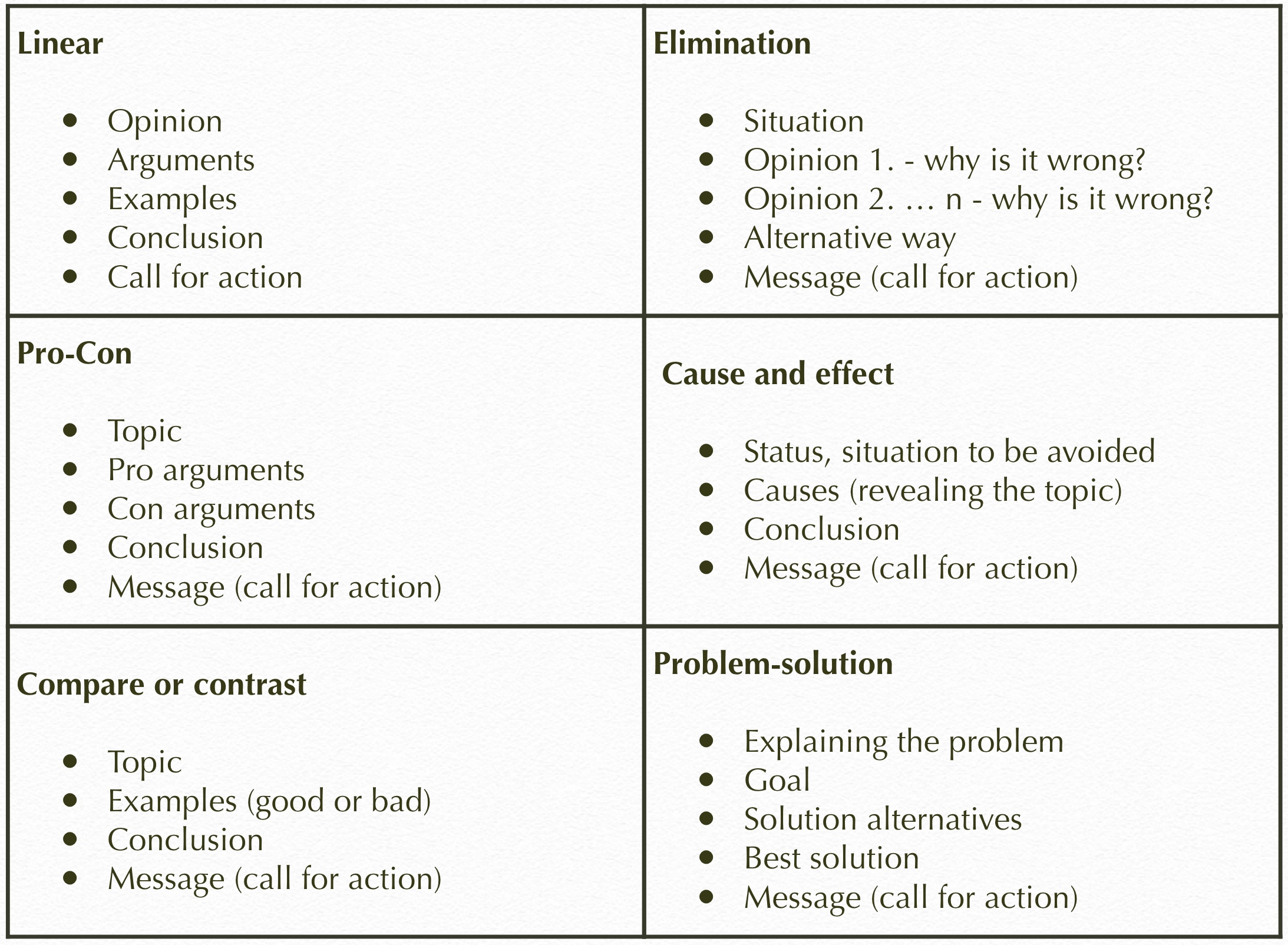Public Speaking Quick Tips #8 - Want to convince them? Choose your speech pattern properly!
If they listen, they will understand you.
If they understand you, they will accept and follow you.
Being able to communicate your ideas clearly in a presentation, putting forward your firm arguments during a group meeting as well as talking in a persuasive manner about your product or service are essential to be successful in any business today. All these require confidence and strong public speaking skills. While only a few people are born with this talent, there is still hope for the rest of us, as these competencies can be easily developed. In this series I will try to give "short-cuts", some easy-to-follow tips to increase your impact as a public speaker.
Want to convince them?
Choose your speech pattern properly!
When we are convincing others we don't only want them to remember our words but also to perform an action based on what they have heard (change their opinion, show support, buy something, do something, etc.). In order to be ale to do that, we have to apply a "lean and clean" structure with a few (not too many!) well-picked arguments.
Here are a few to choose from:
1. Linear structure
This is the most widely used, simple structure: after introducing the topic itself you put forward your arguments with a few examples then draw your conclusion and finish with your call for action.
2. Pro-Con
We start by telling the audience our standpoint then list arguments for and against it (make sure that you use "stronger" arguments to support your standpoint), then finish with the conclusion and the call for action.
3. Compare or contrast
Instead of simply listing facts or arguments, we compare or contrast them from different viewpoints. The comparison can be historical, geographical, financial etc. Or we can simply shift the focus like in the famous Kennedy inauguration speech (instead of simply telling "we need your help", he used a contrast):
“Ask not what your country can do for you – ask what you can do for your country.”
4. Elimination
This technique is useful with topics that are already familiar to your audience. (And you also know what are their usual excuses or old viewpoints/solutions are.) You are going to eliminate their old routines/excuses/solutions in a very similar way as they eliminate the petals in the children's game, "he loves me, he loves me not". Eg. car sellers do it very often: "it might be true that this model is a little bit more expensive than the others but just look at this long list of built-in extra features" ... "true that the consumption is a little bit higher however you can enjoy the comfort of the automatic gear and the high-power engine".... etc. You always finish with your solution and with the call for action.
5. Cause and effect
A large part of your speech deals with the potential consequences of a decision (or the lack of that decision), then finally you reveal the causes. Eg. in the American series Law and Order, where they first show a murder case and the killer and then reveal the causes leading to the crime event.
6. Problem-solution
Similar to the previous one. This pattern is very useful when your audience is unfamiliar with your topic. In this case, you spend the first half of your speech by informing them about the issue and then continue with pointing out the goal and offering solutions.
Choosing the appropriate structure is very important: your speech will be more powerful if you can put through your message in a nice, lean format.
Here is a summary I have made to show you the outline of all six variations (it is important that all convincing speeches end with a call for action, we have to tell clearly what do we expect from the audience):

If you are interested in the previous parts of this series, you can find them here:
Your opinion is celebrated and welcomed, not banned or censored!


